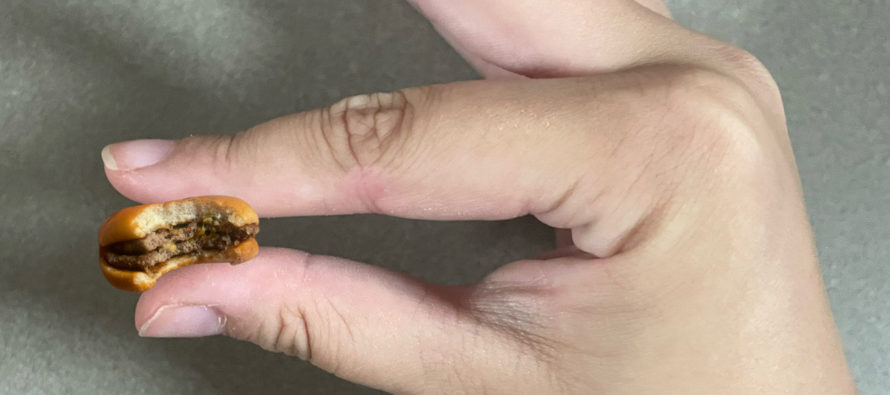The disturbing reality of Shrinkflation

 If you’ve been to any grocery store or fast-food joint recently, it’s likely you’ve been a victim of “shrinkflation.” If you’re unfamiliar with this term, it’s a fusion of “shrink” and “inflation,” which pretty much describes today’s portion sizes everywhere we go. The Government of Canada’s official website sums up what this wallet-menacing reality is.
If you’ve been to any grocery store or fast-food joint recently, it’s likely you’ve been a victim of “shrinkflation.” If you’re unfamiliar with this term, it’s a fusion of “shrink” and “inflation,” which pretty much describes today’s portion sizes everywhere we go. The Government of Canada’s official website sums up what this wallet-menacing reality is.
“’Undersizing’, another term for shrinkflation, is the practice of reducing the amount of a product just enough to go unnoticed by consumers, without changing the price. This can be achieved either by retaining the same container or package, or by changing it in such a way that the product looks no smaller than it was before.”
A prime example of undersizing is Lay’s Chips. Whether you call it half-empty or half-full, you’re practically paying for air as much as you are chips.
On the topic of junk food, shrinkflation targets gluttony. Fattening treats are not nearly as affordable as they used to be. Take a McDonald’s McDouble as another example. While this item from the now-defunct Dollar Menu does have double the patties, it’s also more than double the price.
According to Statistics Canada, shrinkflation is caused by the everchanging Consumer Price Index (CPI).
“When product packaging is smaller or there’s a smaller quantity but the amount you pay is the same, the CPI reflects this as a price increase,” the website states. Therefore, rather than simply increasing the price, they made quantities smaller, hoping it would sting consumers less. It seems to have backfired, however, judging by how displeased the public is now that they’ve caught on.
Next time you open a half-bag of chips or indulge in a HalfMac, you know who’s behind it all.


